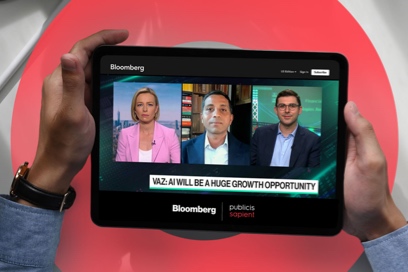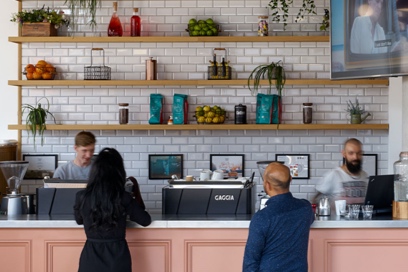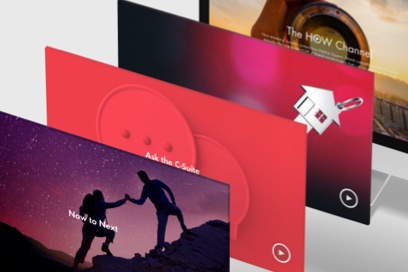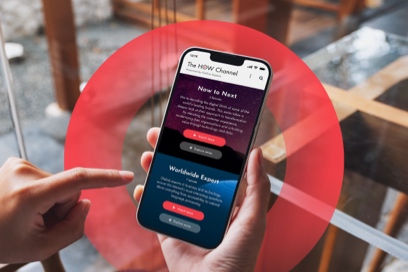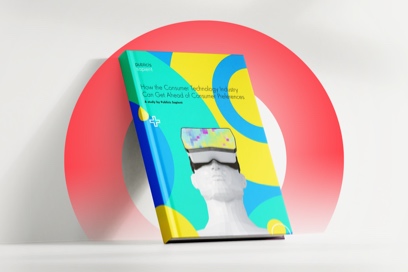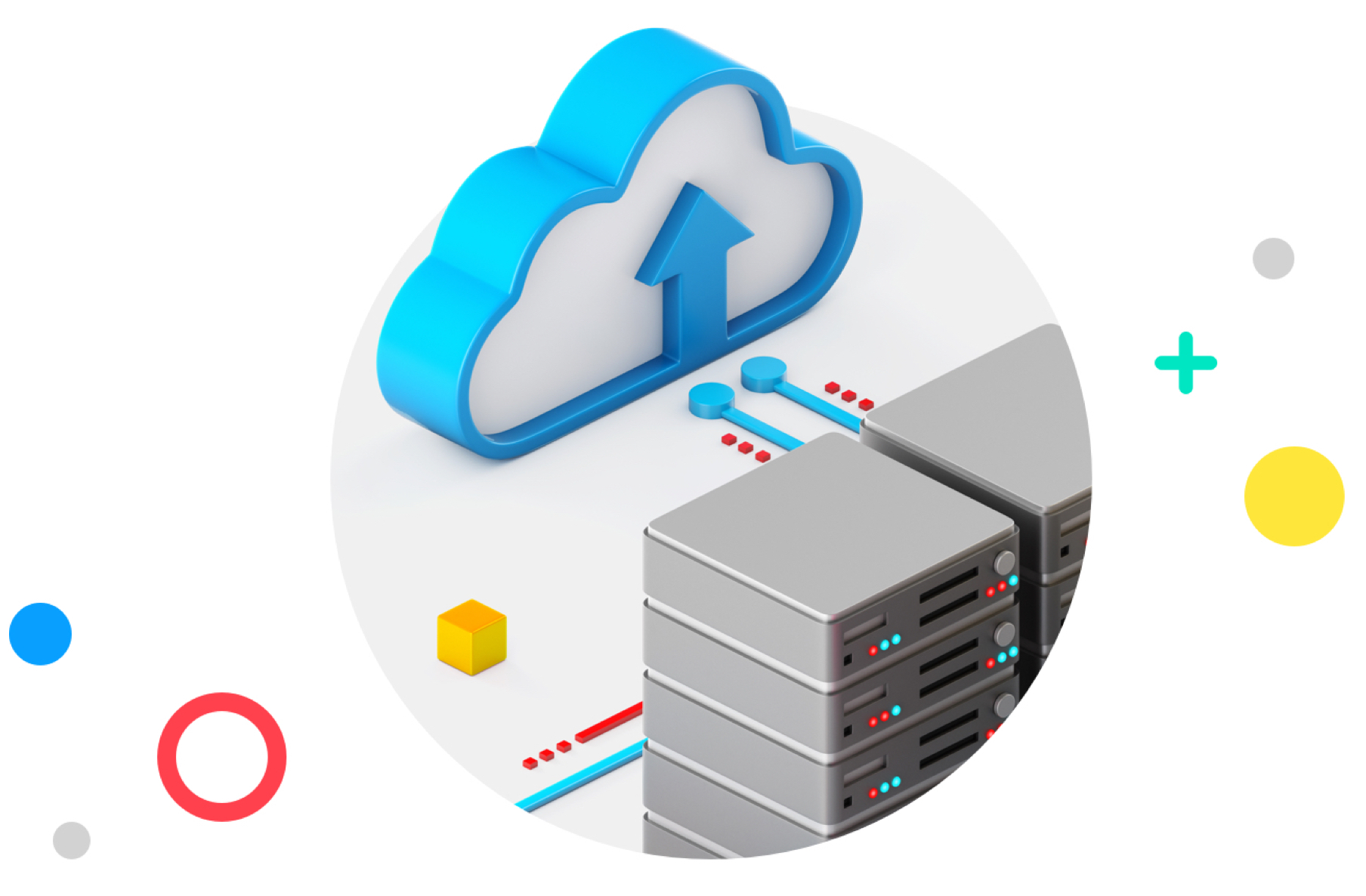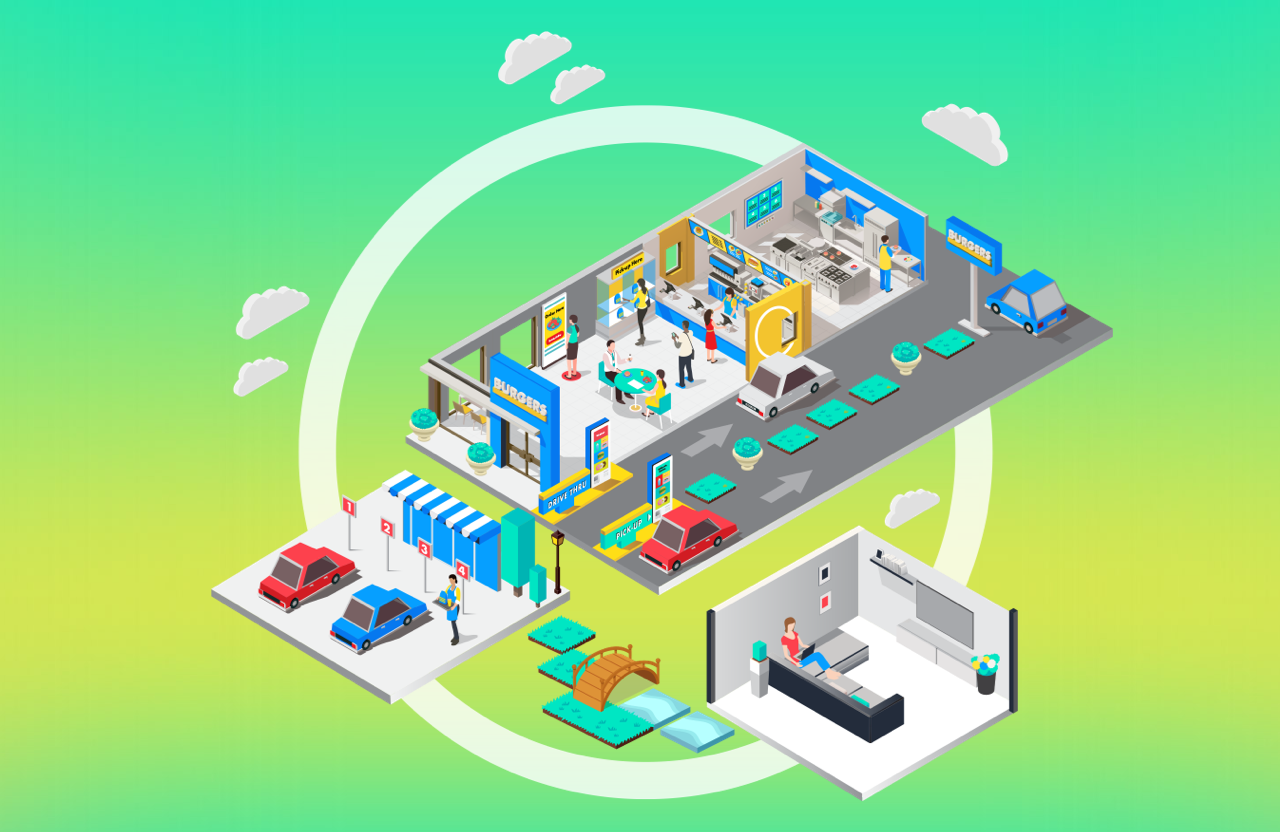Digital signage has played a role in customer experience at quick-service restaurants (QSRs) for years, with large-scale rollouts focusing on front counter and drive-thru digital menu boards in particular.
But what’s next for this key technology?
A huge opportunity for fast food, fast casual and QSR restaurants lies in connecting rich customer data to digital menu boards themselves. Fast food and fast casual restaurants are prioritizing digital signage upgrades, with a variety of approaches being taken by major chains. Starbucks has implemented AI-powered digital signage in their restaurants, while McDonald's and Wendy's have personalized their drive-thru menu boards based on the time of day. Additionally, KFC and Taco Bell have simplified their menu boards and offer specific recommendations to customers.
In this article, we’ll break down how restaurants should be thinking about digital signage in the era of artificial intelligence and automation, and what the future of digital menu boards will look like on-premises and in the drive-thru.
